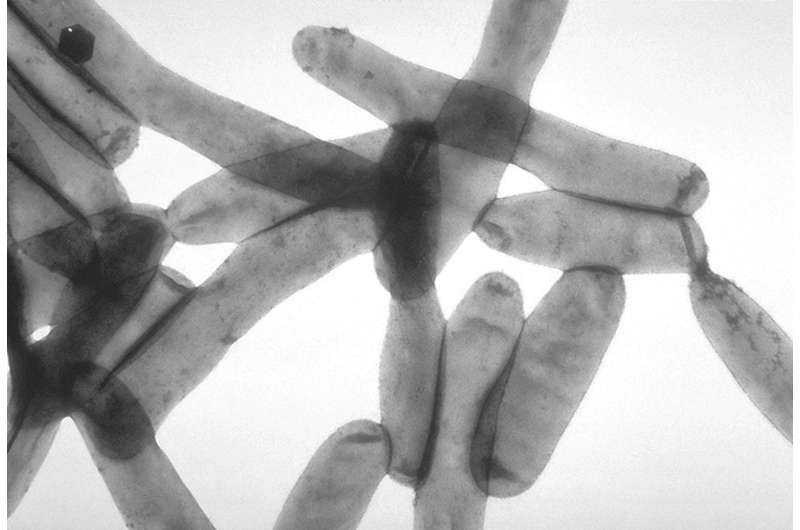Back Pain Associated with Increased Risk of Common Chronic Diseases

Research reveals a strong link between chronic back pain and higher rates of serious health conditions like heart disease, arthritis, and diabetes, emphasizing the need for integrated treatment strategies.
Recent studies highlight a significant link between chronic back pain and the prevalence of various major health conditions. Research conducted using data from the 2019 Brazilian National Health Survey, which included nearly 90,000 participants, reveals that individuals suffering from long-term back pain are more likely to also experience other serious health issues, such as heart disease, arthritis, diabetes, and cancer. About 20% of the surveyed population reported chronic back pain, a prevalence rate consistent with that found in higher-income nations, emphasizing the global relevance of these findings.
The investigation, led by Associate Professor Rafael Zambelli Pinto from the University of Technology Sydney, and involving researchers from several Brazilian and Australian institutions, underscores that those with back pain have higher incidences of comorbidities. Specifically, they are 17% more prone to cardiovascular diseases, 15% more likely to suffer from arthritis, and 12% more at risk of clinical depression compared to those without back pain. Additional conditions like asthma and other lung diseases were also more common among people with back ailments.
These co-occurring conditions often share common underlying risk factors, such as physical inactivity, obesity, stress, and poor sleep quality. Dr. Pinto emphasizes that when these health issues co-exist, they markedly impair daily functioning. For example, adults with both back pain and arthritis are over twice as likely to experience severe limitations affecting everyday activities.
Given that back pain is a leading cause of disability worldwide and a substantial burden on healthcare systems, these results highlight the need for a more holistic approach to treatment. Healthcare providers are encouraged to look beyond mere pain management and consider the broader health context of patients with chronic back pain. Developing integrated care strategies could improve health outcomes and preserve quality of life.
The findings advocate for interdisciplinary treatment models and comprehensive care pathways to address both back pain and its associated comorbidities effectively. As Dr. Pinto notes, recognizing the interconnected nature of these conditions is crucial for reducing suffering and enhancing overall health.
Source: https://medicalxpress.com/news/2025-09-pain-higher-common-diseases.html
Stay Updated with Mia's Feed
Get the latest health & wellness insights delivered straight to your inbox.
Related Articles
FDA Approves Targeted Therapy for Rare and Aggressive Blood Cancer Following Promising Clinical Trial Results
A groundbreaking clinical trial has led to FDA approval of pemigatinib for treating a rare and deadly blood cancer, offering new hope through targeted therapy and transplantation options.
New Research Uncovers Rogue Protein Driving Hodgkin Lymphoma Growth
Scientists from ANU have uncovered how the rogue protein H2A.B supports Hodgkin lymphoma growth, opening new avenues for targeted cancer treatments.
Legionnaires' Disease Outbreak in New York City Leads to 7 Deaths and Over 114 Infections
New York City’s Legionnaires' disease outbreak has resulted in 7 deaths and over 114 confirmed cases. Authorities identified cooling towers as the source, with remediation efforts completed. Residents are advised to be vigilant for symptoms.
Majority of Americans Unaware That Early-Stage Prostate Cancer Often Shows No Symptoms
A survey reveals that 80% of Americans are unaware that early-stage prostate cancer often has no symptoms, emphasizing the need for regular screenings to enhance early detection and treatment.



